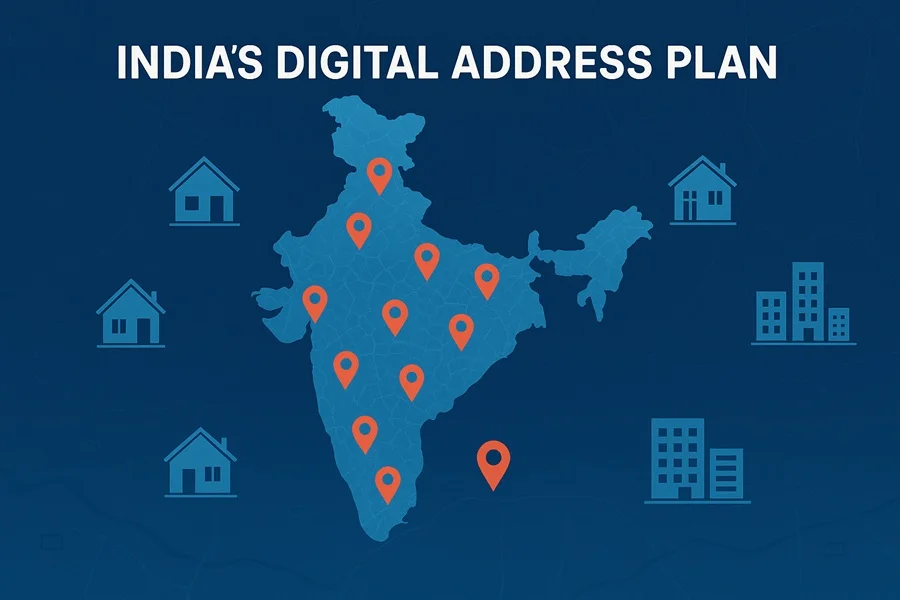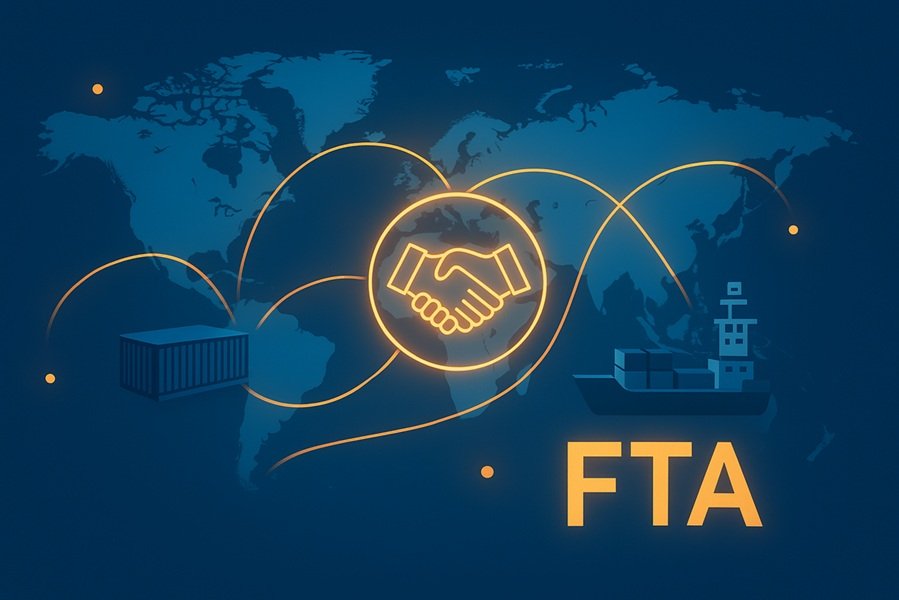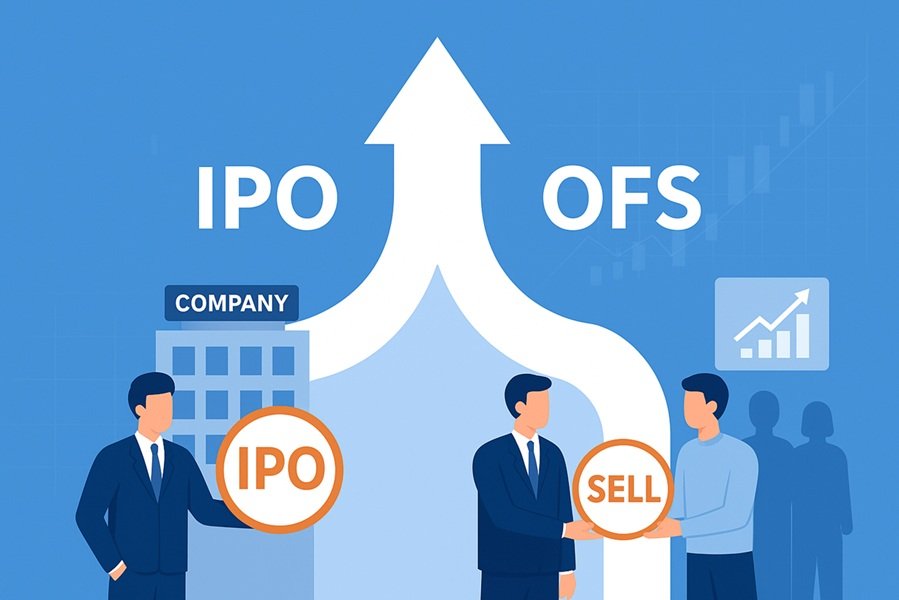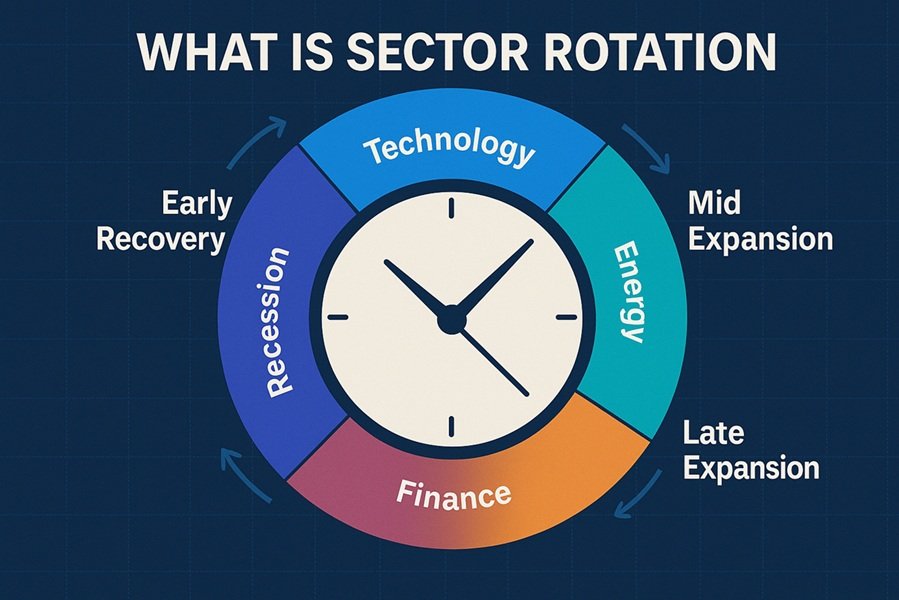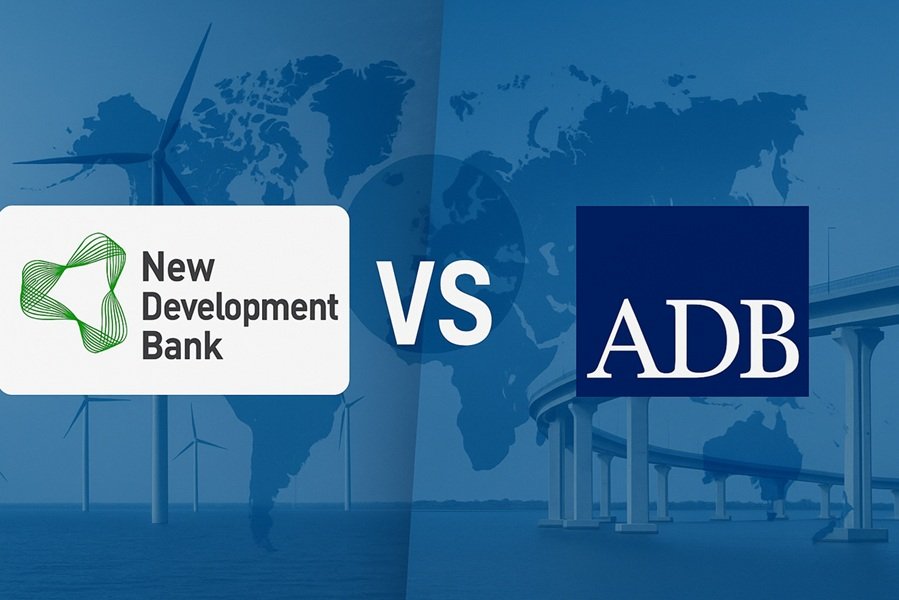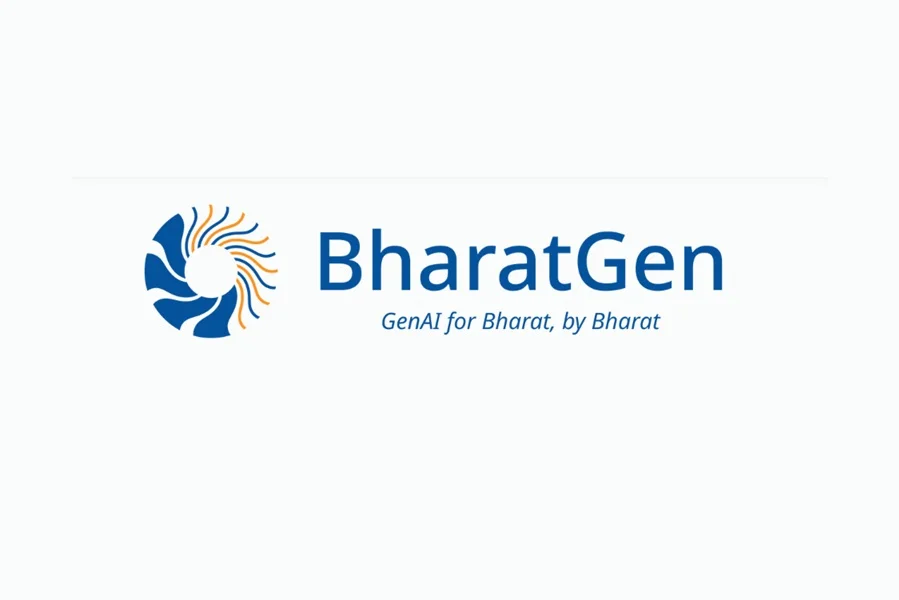
Introduction
On June 2, 2025, India achieved a landmark in its artificial intelligence journey with the unveiling of BharatGen, the country’s first government-backed multilingual multimodal AI platform. Developed under the National Mission on Interdisciplinary Cyber-Physical Systems (NM-ICPS) and led by IIT Bombay, BharatGen is designed to enable AI that is by India, for India.
The initiative seeks to enhance AI sovereignty, linguistic inclusivity, and cultural relevance, impacting sectors such as healthcare, education, governance, agriculture, and commerce. Its mission aligns closely with Atmanirbhar Bharat, aiming to empower the nation’s diverse population with homegrown AI solutions.
What is BharatGen?
BharatGen is a state-of-the-art, open-source multimodal Large Language Model (LLM) capable of processing text, speech, and vision-based inputs. It is optimized for India’s 22 scheduled languages and dialects, allowing seamless interaction and understanding across regional contexts.
The AI is trained on the Bharat Data Sagar, India’s sovereign AI dataset repository, which contains linguistic, cultural, and domain-specific data. This ensures that BharatGen understands the nuances of Indian contexts while maintaining high accuracy in communication and problem-solving.
Key Features of BharatGen
🗣️ Multilingual & Multimodal Capabilities
- Supports all 22 Scheduled Indian languages
- Processes text, speech, and images seamlessly
- Powers regional applications like voice assistants, OCR for local scripts, and AI-based image-to-text conversion
📚 Bharat Data Sagar
- Centralized dataset for Indian languages and dialects
- Includes contextual images, sounds, and scripts from Indian culture
- Designed for data-efficient learning in low-resource linguistic communities
🧠 Open-Source and Scalable
- Provides APIs and foundational models for startups, researchers, and public institutions
- Encourages collaboration within India’s AI ecosystem
- Supports hackathons, domain-specific model fine-tuning, and innovative AI applications
🛡️ Ethical, Inclusive, and Sovereign
- Ensures data privacy and AI sovereignty
- Developed according to ethical AI principles and transparency guidelines
- Reduces reliance on foreign AI technologies
Institutional Backing and Ecosystem
👨🎓 Academic Leadership
BharatGen is led by the TIH Foundation for IoT and IoE at IIT Bombay, with contributions from over 25 premier institutions including IIT Kanpur, IIT Hyderabad, IIT Madras, IIIT Hyderabad, and IIM Indore.
🤝 Industry and Government Collaboration
- Industry experts like Infosys co-founder Kris Gopalakrishnan and leaders from TCS, CDAC, and other tech organizations advise and guide BharatGen.
- Government ministries including DST, MEITY, and DARPG provide policy alignment, ensuring AI adoption meets national development objectives.
Use Cases Across Key Sectors
🏥 Healthcare
- Regional-language telemedicine solutions
- AI-driven voice-assisted diagnosis tools
- Health information dissemination in local dialects
🎓 Education
- Vernacular AI tutors and adaptive learning systems
- Translation of e-learning content into multiple Indian languages
- Automated assessments and personalized study recommendations
🌾 Agriculture
- Crop advisory alerts in regional dialects
- AI-based weather prediction and resource management
- Voice-based support for farmers with limited literacy
🏛️ Governance and Public Services
- Multilingual AI support for grievance redressal portals
- Chatbots for citizen engagement in native languages
- Document summarization and digitization in local scripts
🛒 e-Commerce & Vision AI
- e-VikrAI: Image-based product cataloging in Indian languages
- Personalized recommendations leveraging local consumer behavior
- AI tools for regional marketing insights
BharatGen Hackathon & Community Engagement
The launch event hosted India’s largest generative AI hackathon, attracting students, startups, researchers, and AI enthusiasts to tackle real-world public service challenges.
Key Initiatives:
- Model fine-tuning workshops
- Open model training for startups
- Skill development and training tracks for universities and technical institutes
Strategic Goals and Roadmap
| Phase | Milestone | Expected Completion |
|---|---|---|
| Phase 1 | Core LLM Training (22 languages) | Early 2025 |
| Phase 2 | Domain-Specific Models (health, agriculture, education) | Late 2025 |
| Phase 3 | Public APIs and Platform Scaling | 2026 onwards |
The long-term vision is to establish BharatGen as the backbone of India’s sovereign AI infrastructure—scalable, inclusive, and globally competitive.
Why BharatGen Matters
🌍 Global Relevance, Local Focus
In an AI ecosystem dominated by Western models, BharatGen provides an India-first alternative, fostering tech sovereignty, cultural relevance, and accessible AI for over a billion people.
🇮🇳 Aligned with Atmanirbhar Bharat
BharatGen exemplifies self-reliance in high-tech innovation, reducing dependence on foreign AI solutions and fostering local entrepreneurship and research.
Conclusion
BharatGen is more than an AI platform; it’s a movement toward inclusive, ethical, and sovereign artificial intelligence. By enabling AI that understands India’s languages, culture, and needs, BharatGen empowers citizens, strengthens public services, and nurtures local innovation. As India positions itself as a global AI leader, BharatGen stands at the forefront, representing a truly homegrown technological revolution.

